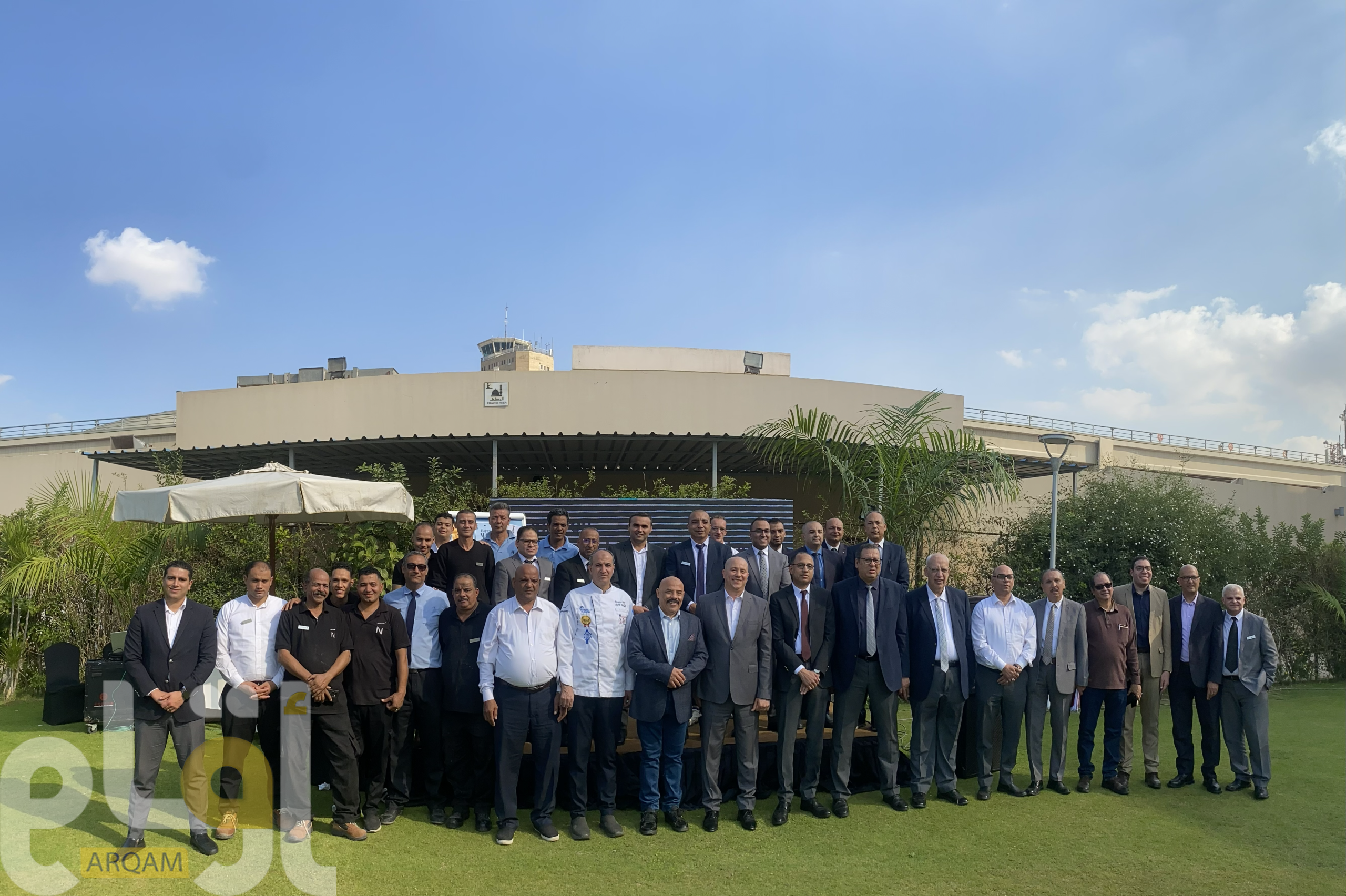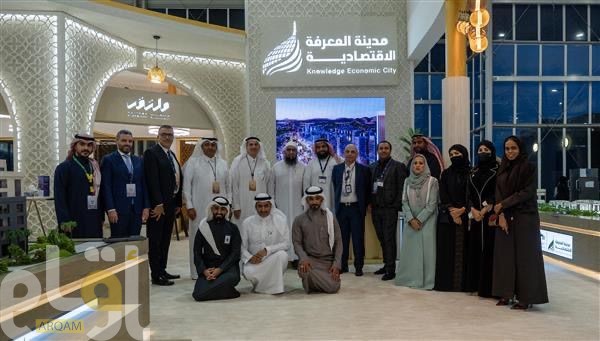“As you know today, the price [of sustainable fuel] is much higher, but F1 has been always very good in speeding up the process and helping technology to go in the right direction. So that’s really what I’m expecting, and I’m sure that everyone will work in this direction.” Stefano Domenicali for Autosport
Motorsport serves as a laboratory for innovation. The rapid pace of races and the relentless pursuit of excellence create an ideal environment for the development of many advancements, such as turbochargers and seatbelts.
However, the statement from Stefano’s Autosport interview is not about technology; it pertains to energy. The constraints of thermodynamic laws will always prevent a combustion engine from being as efficient as an electric vehicle, regardless of technological innovation.
Synthetic fuel refers to hydrocarbons made from CO2 and H2O through a human-engineered process that requires significant energy input to split carbon dioxide and water molecules into carbon and hydrogen. These elements are then recombined into compounds like C8H18 to produce gasoline identical to that derived from fossil fuels.
Interestingly, fossil fuels are created through a similar process known as photosynthesis, which we learn about in school. Photosynthesis breaks the bonds between CO2 and H2O, producing various hydrocarbons (some as simple as sugars) that, over millions of years under heat and pressure, transform into the fossil fuels we extract and use today.
When considering plant-based fuels like ethanol or biodiesel, the process is essentially the same as that of synthetic fuels, but performed by nature rather than in a factory. The advantage is that these processes do not increase atmospheric CO2 levels. They utilize CO2 from the atmosphere and release it back when the fuel is burned, resulting in a net neutral effect. While there are some emissions of nitrous oxides, the primary concern remains the carbon-based greenhouse gases.
Brazil’s ethanol industry already exemplifies Stefano’s point. The country produces zero-carbon fuel from sugarcane (and corn) at very low costs, outperforming any synthetic fuel produced globally.
The issue with Stefano’s statement is that the cost limitation of synthetic fuel is inherently tied to energy production and combustion efficiencies. These factors are not influenced by current Formula 1 advancements, meaning no significant improvements will arise beyond the marketing hype generated by such claims.
Nevertheless, the importance of synthetic and biofuels cannot be overstated. They will be crucial for aviation and other applications, and the world will require every possible innovation to create a matrix of low-carbon energy sources to power the future of humanity.
Lucas Di Grassi
The complement below is an A.I. factual check on this article and its sources. Please read as a supplement:
Efficiency of Combustion Engines vs. Electric Vehicles
It’s accurate that electric vehicles (EVs) are more energy-efficient than internal combustion engine (ICE) vehicles. ICE vehicles waste a significant portion of their energy (around 75-84%) primarily through heat, whereas EVs lose only about 31-35% of their energy, including losses during battery charging and drivetrain inefficiencies (MotorTrend) (Petro Online). This inherent efficiency advantage is due to the direct conversion of electrical energy to motion in EVs, compared to the numerous energy loss processes in combustion engines.
Synthetic Fuels and Energy Efficiency
Synthetic fuels, created by combining hydrogen and carbon dioxide, indeed mimic the chemical composition of fossil fuels. While they offer a carbon-neutral potential when produced using renewable energy, their overall efficiency is considerably lower compared to direct electricity use in EVs. The process of creating synthetic fuels is energy-intensive, with significant energy losses occurring during production. The total pathway efficiency for synthetic fuels can be as low as 16%, compared to around 72% for electric vehicles (Road to Renewable) (eFUEL-TODAY).
Environmental Impact and Practicality
Synthetic fuels do not inherently increase atmospheric CO2 levels because they recycle CO2 from the atmosphere. However, their production must rely on renewable energy to maintain this benefit; otherwise, the use of fossil-based grid electricity can negate their environmental advantages (Petro Online) (Road to Renewable). Additionally, the current production capacity of synthetic fuels is limited, making it impractical to replace a significant portion of fossil fuel usage in the near future. They might only cover a small fraction of the vehicle fleet by 2035 (Road to Renewable) (Evening Standard).
Application and Future Prospects
Synthetic and biofuels will be essential for sectors like aviation, where battery technology still faces significant challenges in terms of energy density and weight. However, for general road transportation, EVs present a more immediate and efficient solution (Evening Standard).
Conclusion
While the potential of synthetic fuels is noteworthy, their efficiency and current production limitations make them less viable than EVs for mainstream automotive use. The assertion that Formula 1 advancements will significantly impact the efficiency or cost-effectiveness of synthetic fuels is not supported by current technological constraints and market realities. Synthetic fuels will likely play a complementary role, especially in sectors where direct electrification is less feasible.















